Analysis: IKEA as a constructed space
While IKEA presents the message that its customer’s visit to the store is a leisurely walkabout to look at furniture at the customer’s own pace and direction, the customer’s experience in the store is guided and directed from the moment the customer approaches the store until the moment the customer leaves.
As mentioned earlier, the surrounding landscape is mostly undeveloped and there are no other mega-structures, save for Courts and Giant Hypermart, to distract the customer from the massive blue building that is the IKEA showroom and store. The building is instantly recognisable with the IKEA name in yellow, in huge block letters, on top of the blue building. The immense size of the building leads the customer to believe that IKEA is indeed a giant in home furnishing and that they would be able to find everything that they need for their home under the roof of IKEA.
The movement of the consumer throughout the store is also guided by the signs in the store and by the paths that lead seamlessly from one showroom to another, which makes the consumer feel that he or she is merely drifting from one room to another in a real house, when in fact, the constant presence of arrows on the ground and maps all over the store guide consumers through the store in a manner that has been carefully planned and orchestrated. 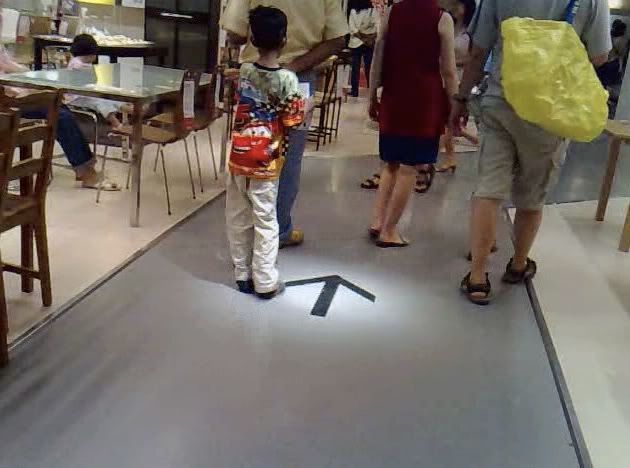



It is as if the consumer is placed on an invisible conveyer belt which makes the viewer visit each and every showroom that IKEA has to offer, moving from the living room to the dining room to the kitchen and to the bedroom. While the consumer has the choice of whether or not to stop at any of the smaller showrooms, the route that the consumer takes has already been planned for him or her. This leaves the consumer with actual little choice of direction throughout the store. IKEA’s management has, of course, provided short-cuts for consumers who are in a hurry. However, the consumer is made to go through other showrooms, as well as the self-serve furniture section before he or she is able to exit the store. The same conveyor belt movement is also present in the cafeteria, where customers have to go through a winding queue which leads them from appetizer to entrée to dessert stations, before they can finally pay for their food.

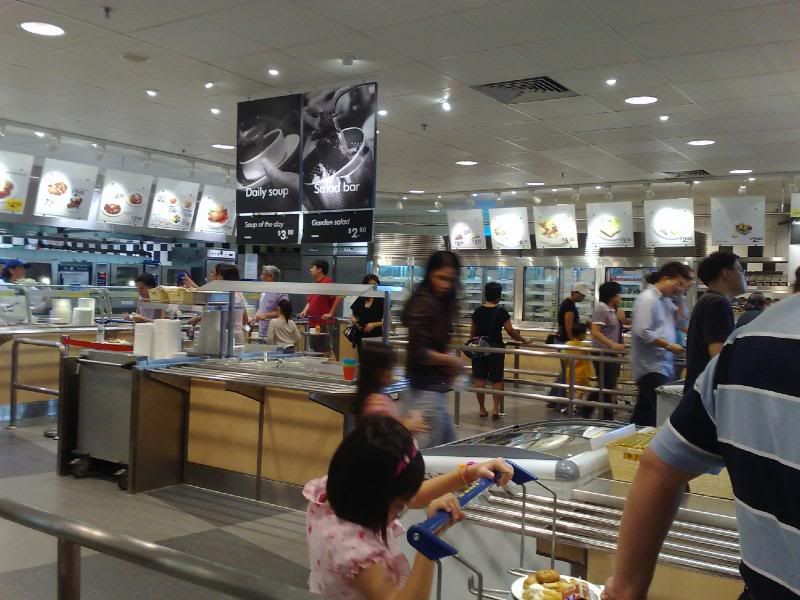
IKEA presents the illusion of the availability of choice to its consumers, allowing them to customise their furniture with different lacquers or mixing and matching different pieces to create a customised wardrobe or kitchen. At the same time, there are no salespeople around the store to harass the consumer into buying a certain piece of furniture. By doing this, IKEA places the agency on the consumer and makes them believe that their experience and choices in the store are theirs to determine. However, this is not the case as everything the consumer experiences, from walking through the showrooms to buying food, to buying actual pieces of furniture, is influenced by the way IKEA is constructed. Thus, there is, in actuality, little choice for the consumer as there is very minimal difference between the pieces of furniture on sale. Adorno and Horkheimer argue how mass production has led to little actual individuality or what they succintly term “pseudo-individuality”. The same goes for IKEA. Despite the fact that consumers can choose a variety of table-tops and table legs, they are essentially buying the same table. The ability to customise their furniture is limited to superficial aspects such as the material of the table-tops. The agency that is placed upon consumers blind them to the fact that their ability to choose is limited to superficial aspects and that there are many others, probably numbering in the thousands or even more, who own the same object.
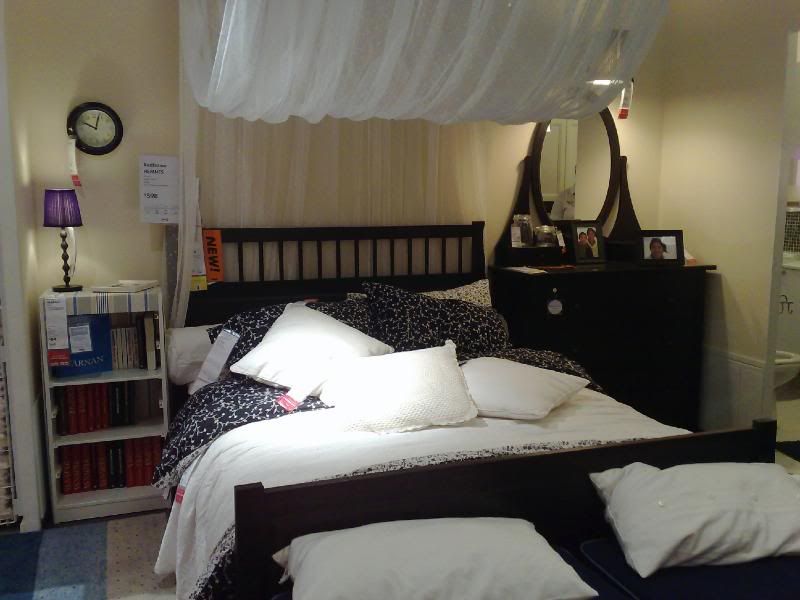
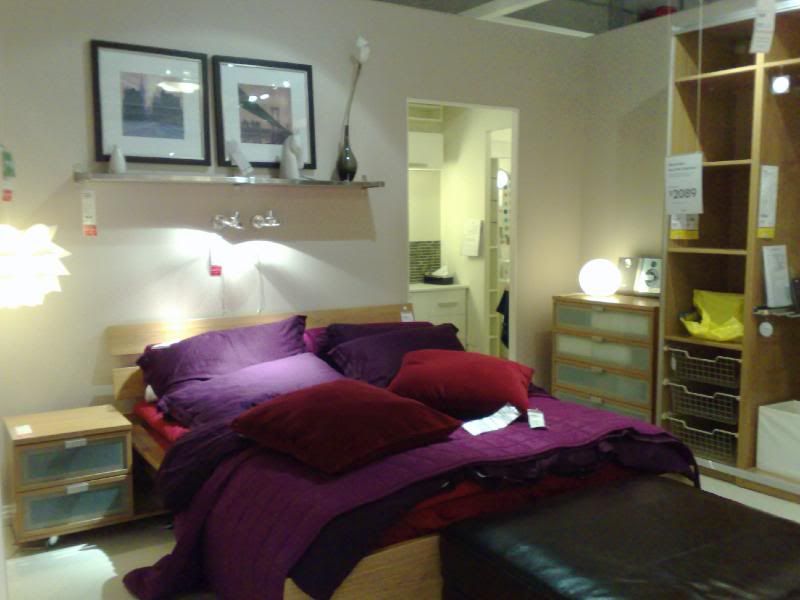
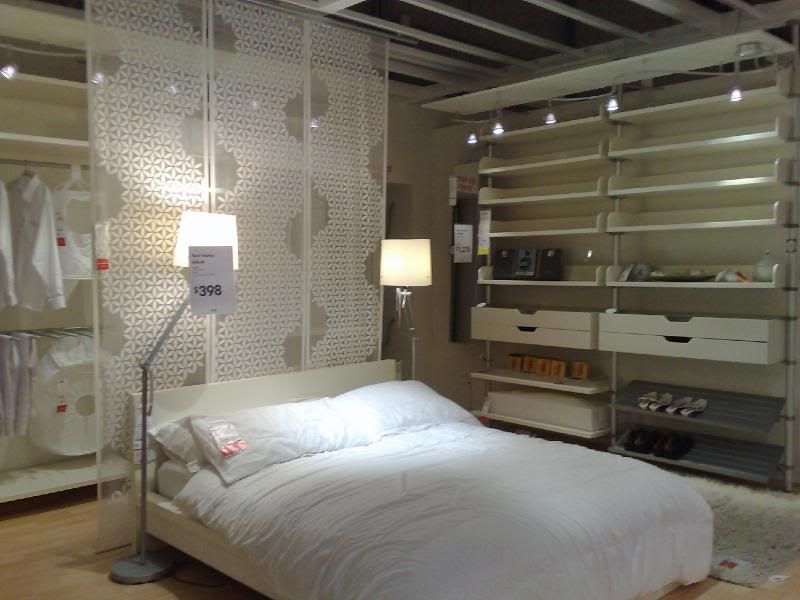
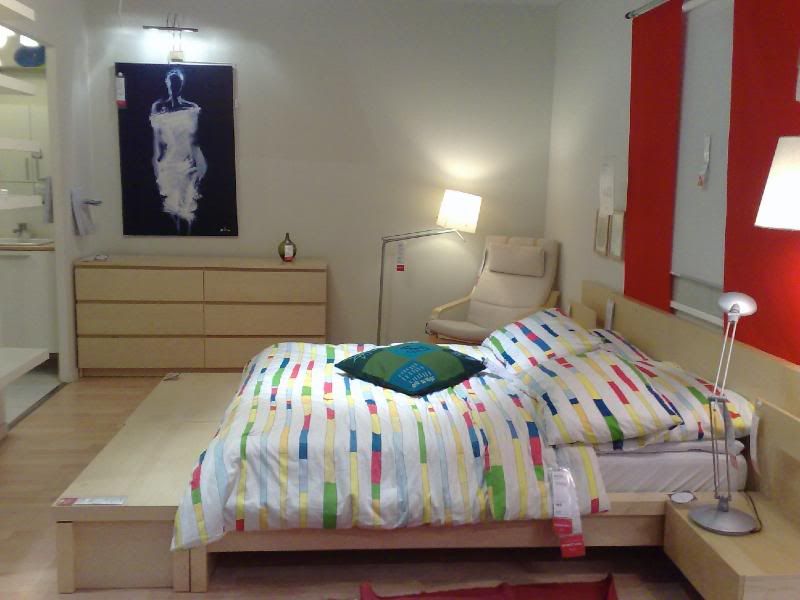
In addition, IKEA sells itself as a place where consumers can be inspired and get new ideas on how to decorate their houses, furthering the illusion consumers have of IKEA as a place that allows them agency and individualism. However, the fact of the matter is that the ideas for home decoration are generated by IKEA, thus, in reality, there is hardly a choice that the consumer makes independently or individualistically, although they do not realise this. IKEA is thus not just a highly constructed space, but also one that presents a reality that is not a true representation of the real, as will be elaborated upon in the next page.

No comments:
Post a Comment